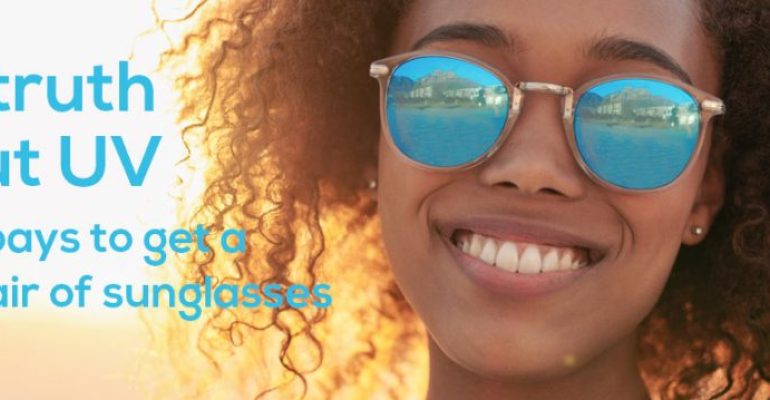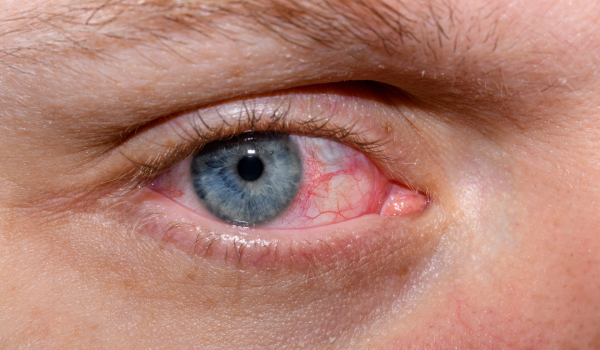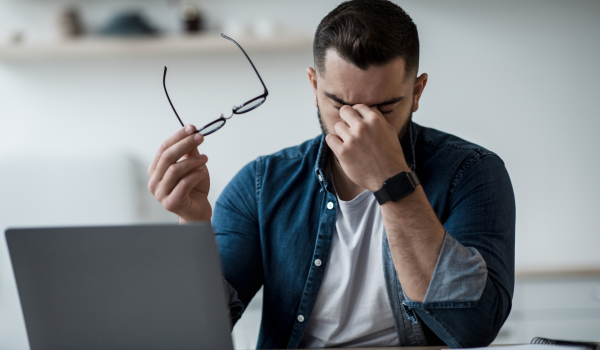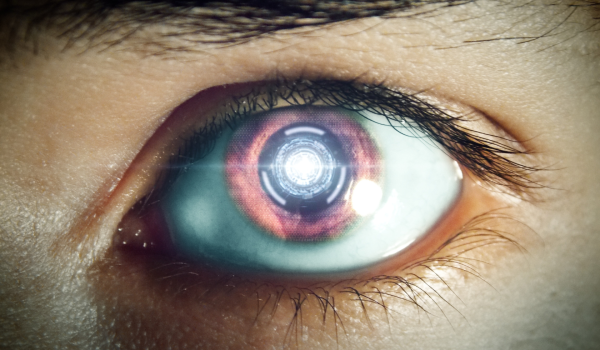Wednesday 27 June is… National Sunglasses Day. Have you logged it in your diary? To be perfectly honest, we hadn’t heard of this one until recently – but perhaps we should have! National Sunglasses Day is an annual campaign run by an American non-profit trade group called The Vision Council, and it seems to have gained some traction across the Atlantic – last year’s Day apparently became a trending topic on social media. Here at Anderson Eye Care, we may not be quite ready to post a #SunglassSelfie for this year’s event, but the point about the importance of sunglasses is a sound one. As ophthalmologists, we believe they’re very important for ocular health. Why? Read on…
What’s the problem with sunlight?
On the upside, sunlight is vital for human health, because it helps our bodies produce vitamin D. On the downside, it also contains ultraviolet (UV) light, which is essentially a type of electromagnetic radiation. UV actually comes in three main forms: UVA, UVB and UVC. UVC is absorbed by the earth’s atmosphere. UVB, however, is only partly absorbed by it, and UVA passes right through. Simply put, the energy in this radiation is capable of breaking bonds at the atomic level – and that’s why they can cause damage to the cells in our bodies. When UV hits our eyes, the body’s protective mechanisms (such as the eyelids) are only able to provide partial cover from it.
What problems can UV light cause?
Short-term exposure to strong sunlight – such as a day at the beach in summer, without protection – can potentially result in blurred vision and red, swollen eyes. It can also cause a condition called photokeratitis, which is essentially sunburn of the cornea (the light-refracting front part of the eye). This makes the eyelids swell and the eyes water; it can also result in temporary vision loss.
What are the longer-term risks?
Accumulated exposure to UV light may cause a range of more serious issues. One of them is pterygium, a benign growth on the conjunctiva (the inside of the eyelid) that can block vision. Another is a yellowish deposit on the conjunctiva called pinguecula. UV – particularly UVB – is also thought to play a role in cataract development, where the eye lens becomes clouded. Older patients are at particular risk of macular degeneration, where the centre of the retina becomes damaged, and some studies have suggested UV may be a causal factor.
So what kinds of sunglasses should I wear?
Good question! The key thing with sunglasses is to make sure they provide proper protection. That suspiciously cheap pair of ‘designer’ shades may look nice in the mirror, but if the lenses aren’t blocking UV then they aren’t helping your eyes. (In fact the dark-tinted fakes could be making things worse, by making your pupils dilate but failing to bounce out the UV). So when buying new shades, look for ones with the CE Mark and European Standard EN 1836:2005. Consider wraparound lenses, since these will provide the fullest coverage. Remember also that sunglasses don’t just protect your vision; they can also help prevent skin cancers on the thin, vulnerable skin around your eyes.
When should I wear sunglasses?
Summertime, obviously, is the key time to reach for the shades, since UV rays are at their strongest as the earth tilts towards the sun. But take particular care in places where the surroundings may strengthen the effects of UV. Some surfaces reflect sunlight more than others: water is an obvious one (think outdoor swimming, watersports, sailing…); snow is another (think skiing). But concrete and grass? These are less obvious examples, but they can also be very UV-reflective. When UV levels hit their highest concentrations, it’s especially important to make sure you have shades to hand – check a UV Index Forecast like this one to keep abreast of the latest conditions.
One last tip…
UV light isn’t actually the only reason to wear sunglasses. I often recommend them to gardeners for protection, too. This is the time of year when there are lots of gardening injuries to eyes – from branches flicking back to sticks in the ground. A pair of sunglasses can protect in more ways than one!
Medical Disclaimer
This article is for information purposes only and should not be considered medical advice. If you or any other person has a medical concern, you should consult with your health care provider or seek other professional medical treatment. Never disregard professional medical advice or delay in seeking it because of something that you have read on this blog, website or in any linked materials.







